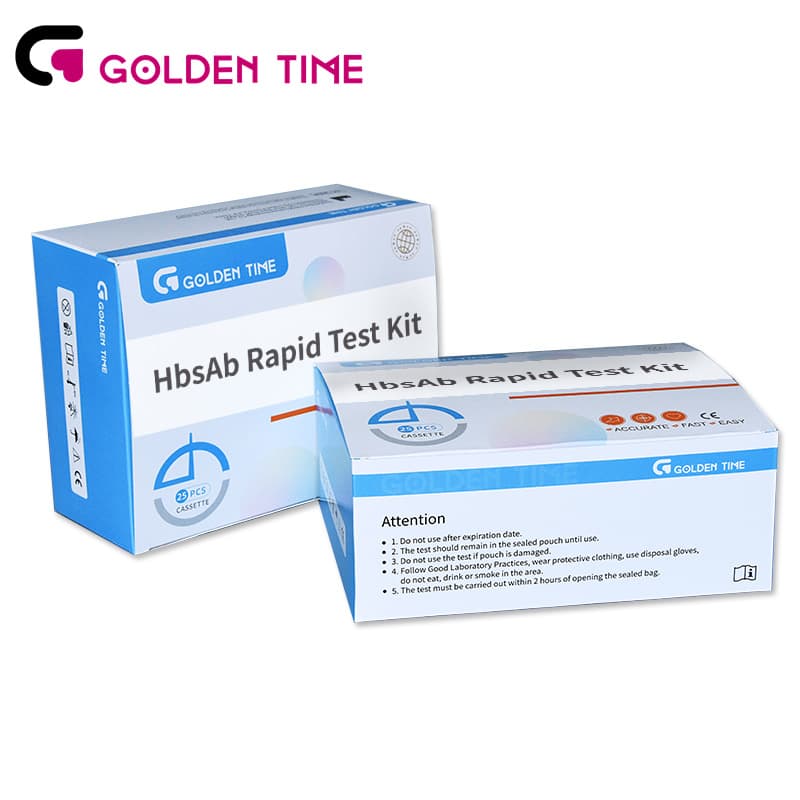
Aug . 13, 2024 05:40 Back to list
Innovative Device for Fertility Tracking and Pregnancy Testing Using Digital Technology
Digital Fertility Detector and Pregnancy Test Device A Revolution in Reproductive Health
In recent years, the development of digital technology has profoundly transformed various sectors, and healthcare is no exception. One of the most remarkable innovations in this domain is the digital fertility detector and pregnancy test device. These advanced tools offer intricate insights into a woman’s reproductive health, empower family planning choices, and provide greater convenience during the process of conceiving and confirming a pregnancy.
Understanding Fertility Detectors
Digital fertility detectors are designed to help women identify their fertile windows, which is crucial for those seeking to conceive. These devices utilize sophisticated algorithms and various biochemical markers to assess hormonal changes throughout the menstrual cycle. By analyzing parameters such as luteinizing hormone (LH), estrogen, and other fertility-related hormones, these devices can accurately predict ovulation. Users benefit from clear, digital displays that show when they are most likely to conceive, thus increasing the chances of successful conception.
Closing the gap between intuition and precision, these devices often come equipped with mobile apps that track data over time. Women can log their menstrual cycle, symptoms, and other relevant information, allowing for more robust insights into their reproductive patterns. Additionally, the integration of machine learning enables these apps to offer personalized advice and predictions, making it easier for users to plan accordingly.
The Role of Digital Pregnancy Tests
Once pregnancy is suspected, the next critical step is confirmation. Digital pregnancy test devices have revolutionized this aspect with their ease of use and high accuracy. These tests detect the presence of human chorionic gonadotropin (hCG), a hormone produced shortly after conception. Traditional tests often left users deciphering ambiguous lines or symbols, leading to confusion and uncertainty. Digital pregnancy tests eliminate this by providing clear, easy-to-read results “Pregnant” or “Not Pregnant.”
digital fertility detector and pregnancy test device

Moreover, many modern digital pregnancy tests come equipped with smart features, including the ability to connect with mobile applications. This connectivity allows for tracking symptoms and offering reminders for follow-up tests or healthcare visits, thus guiding users through the early stages of pregnancy. Some devices even provide information about what to expect in the weeks ahead, making them invaluable for new mothers.
Advantages of Digital Devices in Reproductive Health
The convergence of digital technology and women’s health offers numerous advantages. For one, they promote proactive health management. With increased access to information and personalized tracking, women can take charge of their reproductive health like never before. Furthermore, the data collected over time helps in understanding long-term fertility trends and aids medical professionals in diagnosing potential health issues.
Additionally, digital fertility and pregnancy tests empower women during significant life events. In a world that often leaves reproductive health in the dark, these tools provide clarity and reassurance. They allow couples to make informed decisions about family planning, alleviating some of the stresses often associated with conception and early pregnancy.
A Step Towards the Future
As we move forward, the integration of artificial intelligence and machine learning into fertility tracking and pregnancy testing holds great promise. Future devices may offer even more personalized insights by drawing data from a wider range of physiological metrics, potentially improving accuracy in predicting ovulation and early pregnancy.
The digital fertility detector and pregnancy test device represent a significant leap forward in reproductive health. By combining convenience, accuracy, and user empowerment, these innovations are not only enhancing the conception journey but also fostering a deeper understanding of women’s health. As technology continues to evolve, it promises a brighter, more informed future for reproductive health management.
-
Dengue NS1 Rapid Diagnostic Test Kit
NewsMar.07,2025
-
Dengue NS1 Rapid Diagnostic Test Kit
NewsMar.07,2025
-
Dengue NS1 Rapid Diagnostic Test Kit
NewsMar.07,2025
-
Transferrin Rapid Test Cassette Tumor Marker TF Card
NewsMar.07,2025
-
Malaria Pf Pan Rapid Diagnostic Test Kit
NewsMar.07,2025
-
malaria pf / pan ag rapid test
NewsMar.07,2025
